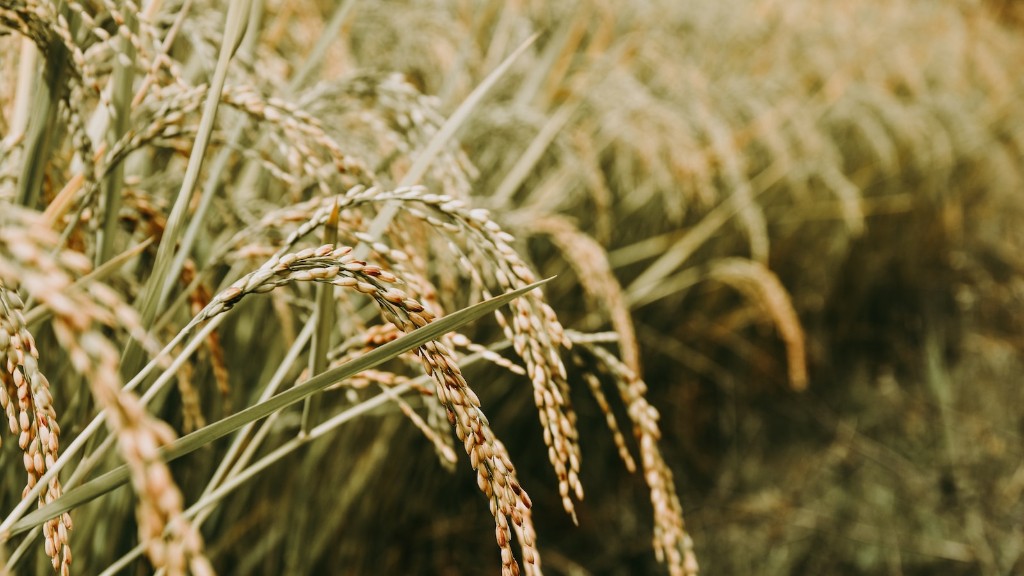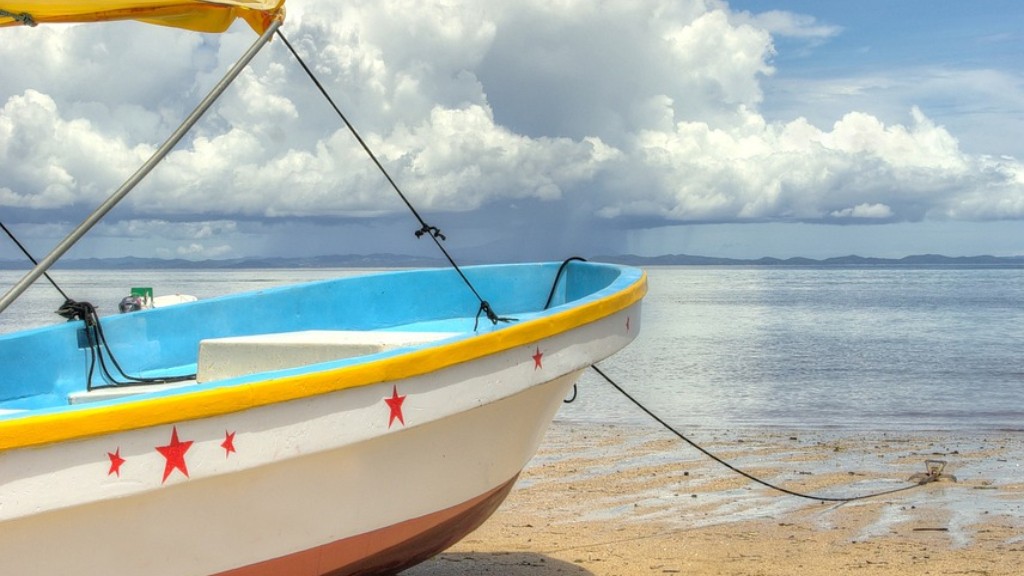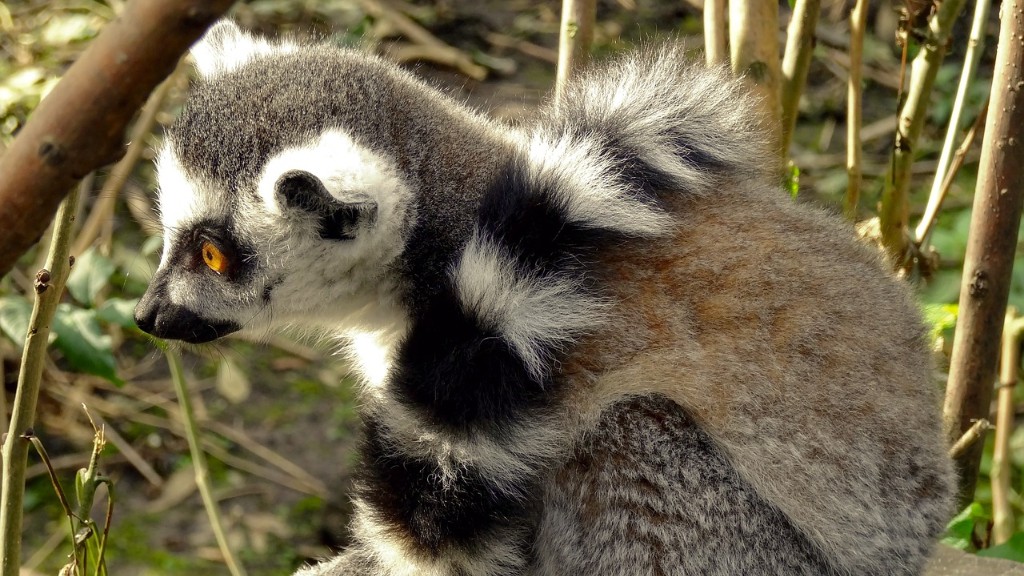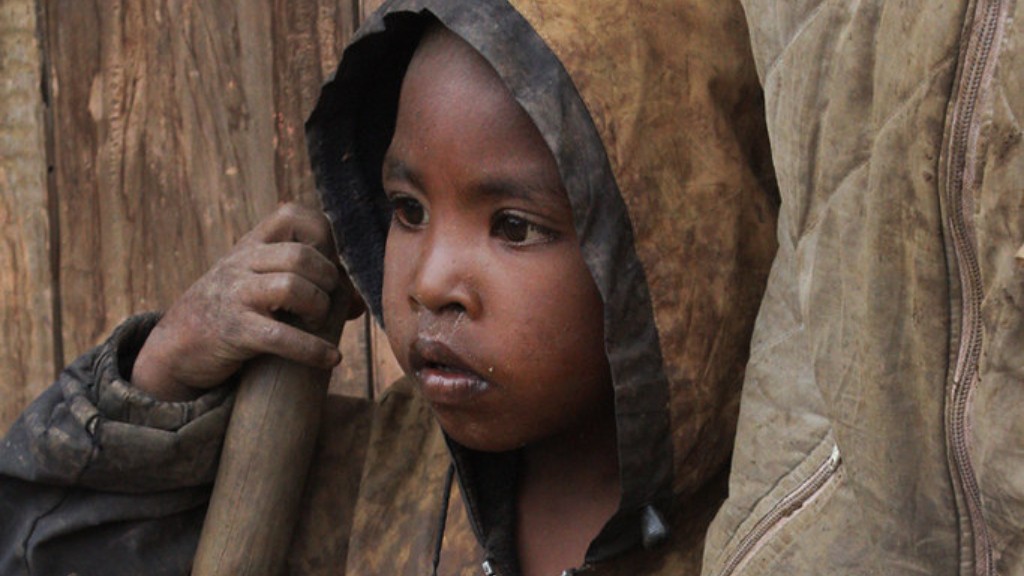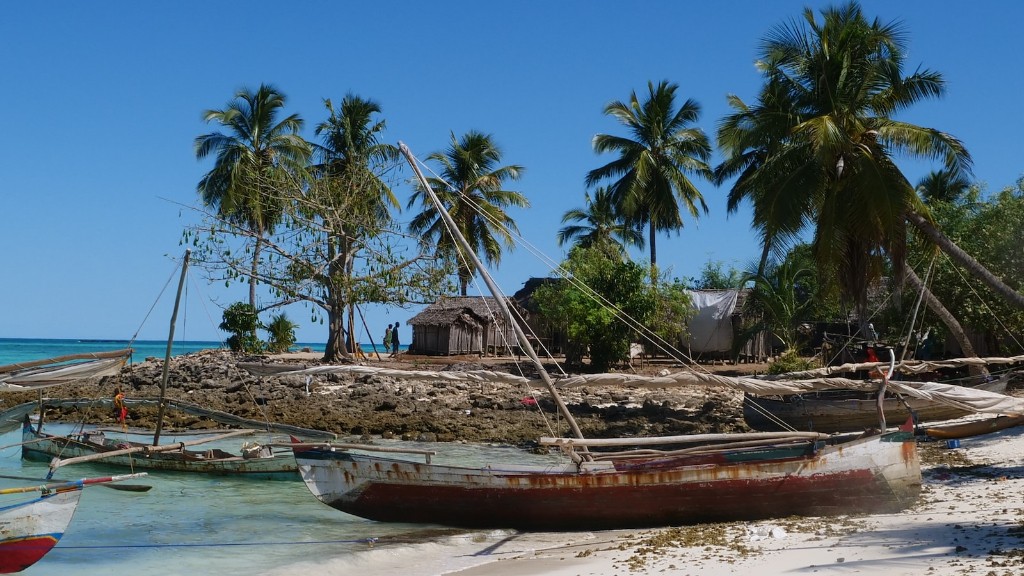Madagascar’s Poverty Crisis: Examining the Percentage Below the Poverty Line
Madagascar, the fourth largest island in the world, is renowned for its stunning biodiversity and unique wildlife. However, beneath its natural beauty, the country faces a severe poverty crisis. In this article, we delve into the percentage of people living below the poverty line in Madagascar, providing background information, data, and expert perspectives.
The Scope of Poverty in Madagascar
According to recent reports, an alarming 75% of Madagascar’s population lives below the poverty line. This staggering figure highlights the magnitude of the issue and the urgent need for intervention. The poverty line, often defined as the minimum income required to meet basic human needs, is currently estimated to be around $1.90 per day.
Beyond the overall percentage, the poverty crisis in Madagascar disproportionately affects rural areas. In these regions, poverty rates reach a staggering 83%, compared to 58% in urban areas. The rural population heavily relies on agriculture, a sector vulnerable to climate change and economic shocks, exacerbating the challenges they face.
The Causes and Consequences
Understanding the root causes of poverty in Madagascar is essential for developing effective solutions. One key factor is the persistent political instability and governance challenges the country has faced over the years. These issues hinder economic development, discourage investment, and limit opportunities for social mobility.
Geographical constraints, such as the island’s isolation and vulnerability to natural disasters like cyclones and droughts, also contribute to the poverty crisis. Limited access to infrastructure, including roads and electricity, impedes economic growth and hampers efforts to improve living conditions.
The consequences of widespread poverty are devastating for the people of Madagascar. Insufficient access to quality education, healthcare, and clean water jeopardizes not only the basic well-being of individuals but also their future prospects. The cycle of poverty is further perpetuated by limited job opportunities, high unemployment rates, and low agricultural productivity.
Expert Perspectives on Poverty in Madagascar
Experts emphasize the urgent need for collaborative efforts to address Madagascar’s poverty crisis. Dr. Jean-Luc Raharison, an economist specializing in poverty eradication, highlights the importance of targeted social protection programs. These initiatives can provide a safety net for vulnerable groups, offering them the means to meet their basic needs and invest in their future.
Additionally, Dr. Marie-Claire Razafimahatratra, a development sociologist, stresses the significance of investment in rural development. Improving agricultural practices, infrastructure, and access to markets can stimulate economic growth, create jobs, and alleviate poverty among rural communities.
Cross-sector Efforts and International Aid
Tackling poverty in Madagascar requires comprehensive and cross-sectoral approaches. International organizations, such as the World Bank and the United Nations, play a crucial role in providing financial support, technical expertise, and policy guidance to help the country overcome its poverty crisis.
International aid is channeled toward various initiatives, including education and vocational training programs, healthcare infrastructure development, and support for sustainable agricultural practices. The collaboration between the Malagasy government, local communities, and international partners is essential for implementing and scaling up these initiatives effectively.
Poverty Alleviation: A Long-Term Endeavor
Despite the immense challenges, progress is possible. Sustainable poverty alleviation requires not only short-term relief but also long-term initiatives that address the underlying causes of poverty in Madagascar. This includes promoting good governance, investing in education and healthcare, creating job opportunities, and building resilient infrastructure.
By empowering the Malagasy people and ensuring their access to essential resources, we can aspire to a future where the percentage of individuals living below the poverty line in Madagascar significantly decreases, allowing them to thrive and contribute to the nation’s growth.
Section 2: [Insert Title]
[Add content for Section 2 here]
Section 3: [Insert Title]
[Add content for Section 3 here]
Section 4: [Insert Title]
[Add content for Section 4 here]
Section 5: [Insert Title]
[Add content for Section 5 here]
